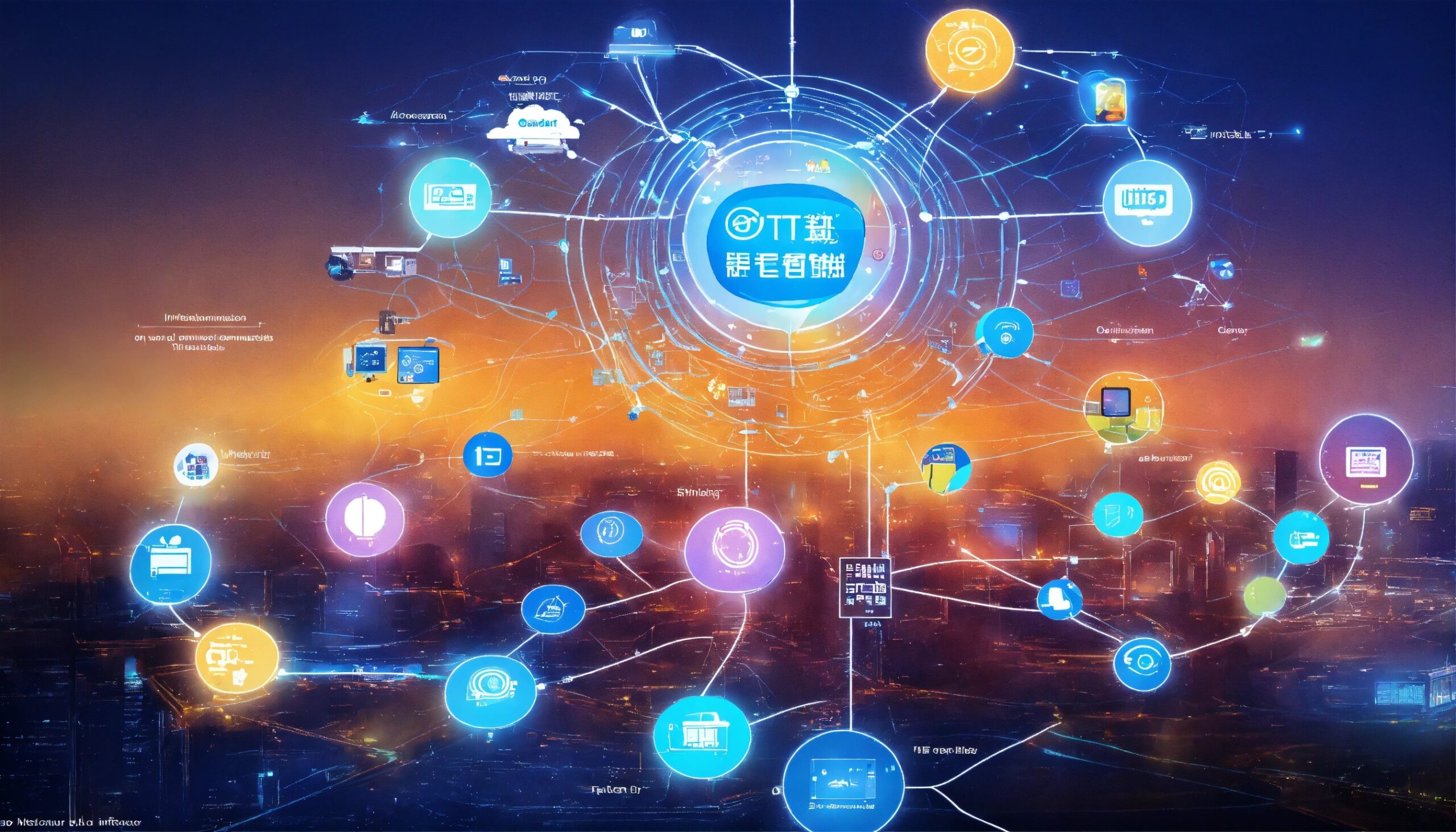In today’s fast-paced digital world, IoT integration has become a cornerstone for innovation and efficiency across various industries. Understanding the intricacies of IoT (Internet of Things) and how it integrates into existing systems is crucial for businesses aiming to leverage this technology. This comprehensive guide will delve into the essentials of IoT integration, its benefits, challenges, and practical applications.
Understanding IoT Integration
IoT integration refers to the process of linking IoT devices with other systems and applications to enable seamless data exchange and automation. This integration allows for real-time monitoring, data collection, and decision-making, enhancing the overall efficiency and effectiveness of operations.
Components of IoT Integration
To fully grasp IoT integration Solutions, it’s essential to understand its key components:
- IoT Devices: These are the physical objects embedded with sensors, software, and other technologies to connect and exchange data with other devices and systems over the internet.
- Connectivity: This includes the various communication protocols and networks (Wi-Fi, Bluetooth, LTE, 5G) that enable data transmission between IoT devices and central systems.
- Data Processing: Involves the collection, storage, and analysis of data generated by IoT devices. This can be done locally on the device, on a centralized server, or in the cloud.
- User Interface: The platform or application where users interact with the IoT system, monitor data, and control devices.
Benefits of IoT Integration
Integrating IoT into your business operations can offer numerous advantages:
Enhanced Efficiency and Productivity
By automating routine tasks and providing real-time data insights, IoT integration helps streamline operations, reduce manual labor, and minimize errors. This leads to increased productivity and more efficient use of resources.
Improved Decision-Making
IoT systems provide valuable data that can be analyzed to gain insights into various aspects of operations. These insights help businesses make informed decisions, optimize processes, and predict future trends.
Cost Savings
Through predictive maintenance and optimized resource management, IoT integration can significantly reduce operational costs. For instance, smart sensors can detect equipment malfunctions before they become severe, preventing costly repairs and downtime.
Enhanced Customer Experience
IoT integration can lead to improved customer service and satisfaction. For example, in retail, IoT devices can track customer preferences and shopping habits, allowing for personalized marketing and better inventory management.
Challenges of IoT Integration
Despite its benefits, IoT development solutions comes with its own set of challenges that need to be addressed:
Security Concerns
With the vast amount of data being transmitted and stored, IoT systems are prime targets for cyberattacks. Ensuring robust security measures, such as encryption and regular updates, is crucial to protect sensitive information.
Interoperability Issues
Integrating devices from different manufacturers can lead to compatibility problems. Standardizing communication protocols and ensuring that devices can work together seamlessly is essential for successful IoT integration.
Scalability
As businesses grow, their IoT needs may also expand. Ensuring that the IoT infrastructure can scale efficiently without significant overhauls or increased costs is a major consideration.
Data Management
Handling the large volumes of data generated by IoT devices can be overwhelming. Effective data management strategies, including data storage, processing, and analysis, are vital to make the most out of IoT integration.
Practical Applications of IoT Integration
IoT integration is transforming industries by providing innovative solutions and enhancing traditional processes. Here are some practical applications across various sectors:
Healthcare
In the healthcare industry, IoT integration is revolutionizing patient care. Wearable devices can monitor vital signs and send data to healthcare providers in real-time, enabling prompt medical interventions. IoT also supports remote patient monitoring and telemedicine, improving access to healthcare services.
Manufacturing
IoT integration in manufacturing enhances production efficiency through predictive maintenance, which reduces downtime and extends equipment lifespan. Smart factories leverage IoT to monitor and control machinery, ensuring optimal performance and quality control.
Transportation and Logistics
IoT integration in transportation and logistics optimizes fleet management, improves route planning, and ensures the timely delivery of goods. Real-time tracking of vehicles and shipments enhances transparency and operational efficiency.
Smart Cities
IoT integration is a key component in developing smart cities. It enables efficient management of resources, such as energy and water, through smart grids and meters. IoT also enhances public safety through smart surveillance systems and traffic management solutions.
Retail
In retail, IoT integration offers personalized shopping experiences by tracking customer preferences and behavior. Smart shelves and inventory systems ensure that products are always available, reducing stockouts and improving customer satisfaction.
Steps to Successful IoT Integration
Achieving successful IoT integration requires a strategic approach. Here are the steps to ensure a smooth integration process:
Assess Business Needs
Identify the specific needs and goals of your business that IoT can address. This helps in selecting the right IoT solutions and technologies.
Choose the Right IoT Platform
Select an IoT platform that supports your business requirements and is compatible with existing systems. Consider factors such as scalability, security, and ease of integration.
Develop a Robust Security Strategy
Implement strong security measures to protect IoT devices and data. This includes encryption, authentication, and regular software updates.
Ensure Interoperability
Choose devices and systems that comply with industry standards to ensure they can work together seamlessly. This minimizes compatibility issues and enhances the overall efficiency of the IoT system.
Plan for Scalability
Design the IoT infrastructure with scalability in mind. This allows for easy expansion as your business grows and evolves.
Invest in Data Management
Implement effective data management strategies to handle the large volumes of data generated by IoT devices. This includes data storage, processing, and analytics.
Monitor and Maintain
Regularly monitor the performance of your IoT system and perform maintenance to ensure it operates efficiently. Address any issues promptly to avoid disruptions.
Conclusion
IoT integration holds immense potential to transform businesses by enhancing efficiency, improving decision-making, and reducing costs. However, it also presents challenges that must be addressed to fully realize its benefits. By understanding the components, benefits, challenges, and practical applications of IoT integration, businesses can effectively leverage this technology for sustained growth and innovation.












